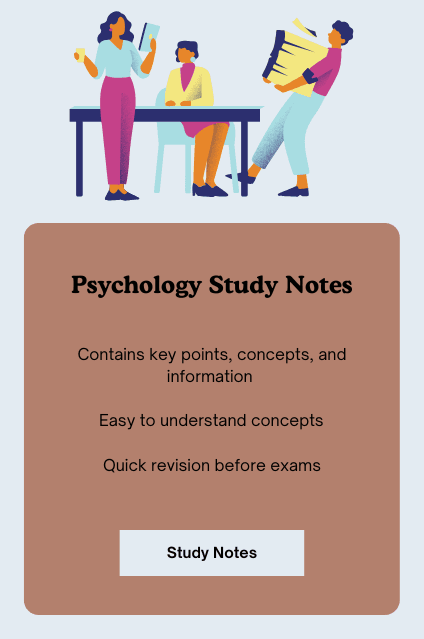
Recent Posts

Social Psychology: Definition, Nature, and 5 Important Scope
Introduction Social psychology is a field that investigates how individuals think, feel, and behave in social contexts. One of the central definitions of social psychology comes from Baron, Byrne, and

Indigenization of Social Psychology and 2 Important Types of It
Introduction Social psychology, as it emerged in the West, has often been criticized for its limited applicability across cultures. Most theories, methods, and constructs have been developed in the United

Passi Test of Creativity and 4 Important Components of Creativity
Introduction Creativity is the ability to generate original, novel, and valuable ideas or products. Measuring creativity has historically been challenging due to its complex, multifaceted nature. Among creativity assessments, the

STAI and 2 Important Types of Anxieties
Introduction Anxiety is a central topic in psychology and psychiatry, manifesting both as a transient state and a stable trait. Differentiating between temporary situational anxiety and an individual’s predisposition to

2 Important Softwares for Data Analysis
Introduction Modern research demands accurate statistical analysis, and software tools have become indispensable. Among the most popular packages for researchers and practitioners are SPSS (Statistical Package for the Social Sciences)

5 Important Non-Parametric Tests for Correlated Data and Uncorrelated Data
Introduction Non-parametric tests provide robust alternatives to parametric methods when data violate assumptions such as normality or homogeneity of variances. These tests are invaluable when dealing with ordinal data, small

Parametric and Non-Parametric Statistics: 6 Important Differences Between Them
Introduction Statistics is a powerful tool for analyzing, interpreting, and making inferences about data. Two fundamental branches of statistical analysis are parametric and non-parametric statistics. Understanding the differences, assumptions, and

Chi-Square and 6 Important Assumptions of Chi Square
Introduction Chi-square (χ²) tests are among the most widely used non-parametric statistical methods for analyzing categorical data. They provide a versatile set of tools for testing hypotheses about frequencies in

ANOVA and 3 Important Assumptions of It
Introduction Analysis of Variance (ANOVA) and its variants are foundational techniques in inferential statistics used to compare means across groups and evaluate complex relationships between variables. Read More- Factor Analysis

3 Important Significance of Differences- Means, Variances, and Correlation Coefficients
Introduction Understanding the significance of differences in statistical measures such as means, variances, and correlation coefficients is essential in psychology and other behavioral sciences. These differences help researchers determine whether

Standard Error of the Mean (SEM) Statistics and 3 Important Factors Affecting It
Introduction to Statistical Inference Statistical inference allows scientists to make generalizations about populations using data drawn from samples. It is based on probability theory, specifically the behavior of sampling distributions.

Linear Regression and 4 Important Assumptions of It
Introduction Simple linear regression is a foundational statistical method used to model the relationship between two continuous variables: one independent (predictor) and one dependent (outcome). It helps predict the outcome


